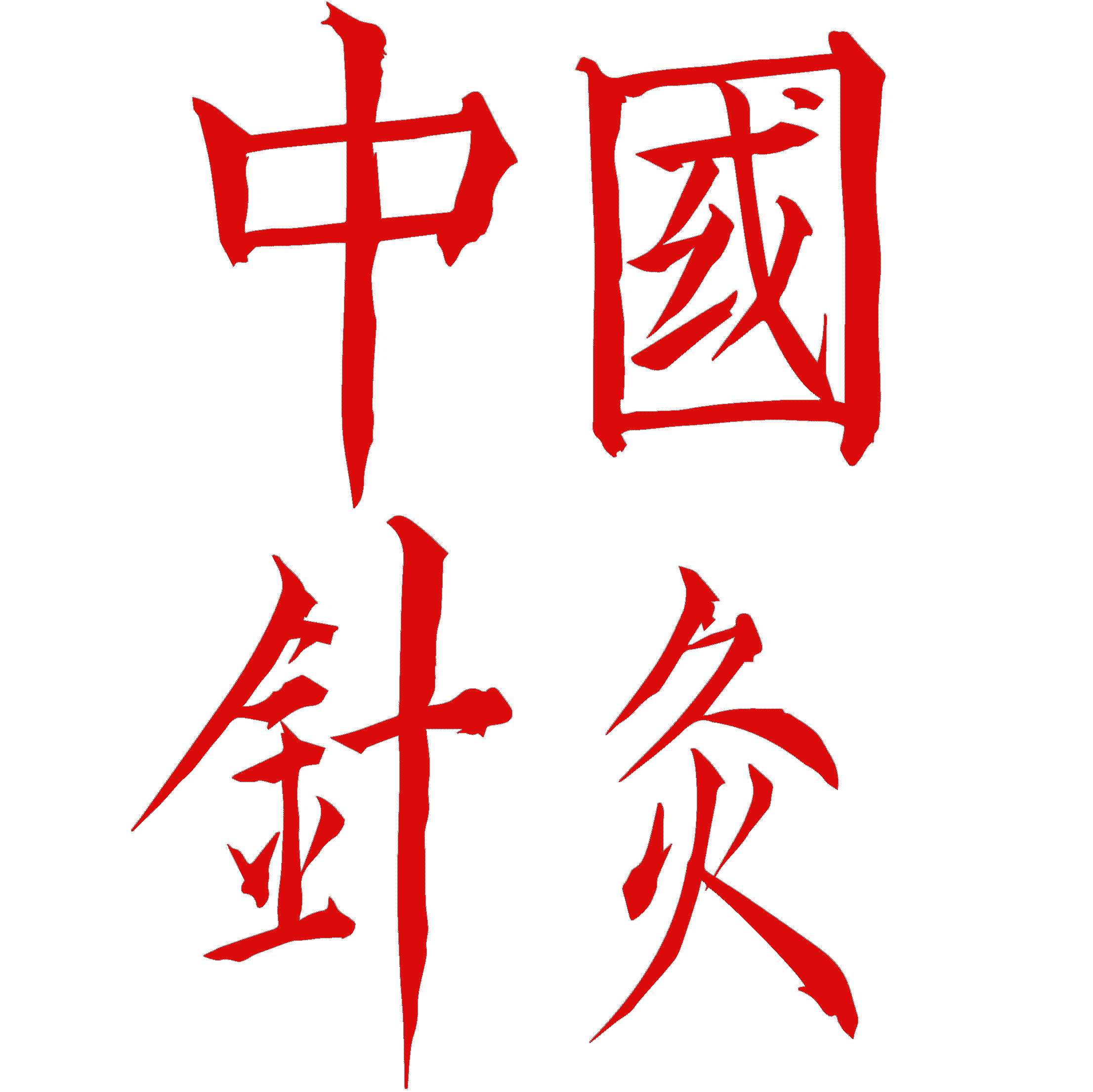Asthma SOS: Acupuncture Rescue Points l Dr. Feng Chao MD PhD
- Dr Feng Zhi Chao MD PhD
- Feb 1, 2024
- 3 min read
Updated: Jun 10, 2024
Begin a breath-transforming journey with Dr. Chao at My Acupuncture in London clinic. Over 30 years of expertise culminate in the revelation of four traditional acupuncture points, both rooted in ancient wisdom and supported by compelling evidence. Dr. Chao, consistently amazed by the outstanding results in her clinic, invites you to discover the profound impact of these time-tested techniques. Get ready for a concise exploration of tradition and evidence-based practice as Dr. Chao unveils the secrets behind these acupuncture points.
The Four Acupuncture Points:
P6 (Neiguan/内关):

Location: It is located in the center of the inner wrist. Find it by measuring about three fingers' width above the wrist crease, right in the middle of the inner wrist, in a small depression. It's the central point between the tendons on the palm side of your forearm.
Often referred to as the anchor point for respiratory respite, research in China reveals that needling P6 allows patients to breathe in an extra 10 liters of oxygen per minute.
Da Zhui (GV14/大椎):

Location: Located on the midline of the back, below the spinous process of the seventh cervical vertebra (C7).
This point acts as a beacon for smoother breathing, a traditional acupuncture point used for asthma control with substantial research evidence supporting its efficacy.
Feng Men (BL-12/风门):
Location: On the back, below the spinous process of the second thoracic vertebra (T2).
Another key player in the asthma symphony, Feng Men joins forces with Da Zhui to enhance the respiratory rhythm. Its usage in traditional Chinese medicine for asthma is backed by robust research.
Fei Shu Xue (BL-13/肺腧穴):
Location: On the back, below the spinous process of the third thoracic vertebra (T3).
A critical point contributing to the melody of lung function, ensuring the harmony needed for effortless breath. This traditional acupuncture point for asthma has a historical foundation supported by extensive research.
The Asthma Miracle: Enter the personal narrative of Dr. Chao's mother, once a captive of asthma's nocturnal tyranny. Acupuncture waltzed into her life, transforming it into a tale of liberation. The scene in an elevator with a fellow asthma sufferer, a big-hearted black lady struggling for breath, paints a vivid picture. Dr. Chao's 85-year-old mother, armed with compassion, employs her healing hands on the lady's P6 point above the wrist on her inner forearms. A dance of understanding unfolds, and by the time the elevator halts, breathless gasps morph into laughter. An unexpected friendship sprouts from the shared joy of easy breathing.
Clinical Marvels: Dr. Chao unravels the clinical miracles she witnesses regularly. From toddlers to octogenarians, acupuncture proves to be a universal remedy. The magic begins within minutes, offering relief even in emergency situations where conventional treatments fall short.
Conclusion: As we embark on this odyssey of respiratory relief, allow the echoes of acupuncture's efficacy in asthma control to resonate within. Amidst the cacophony of wheezes, recognize the potential of acupressure to compose a symphony of effortless breaths. This is more than a narrative; it's a breath of vitality, a gentle reminder that the key to health often lies in the embrace of ancient wisdom.
As we draw the curtain on our journey, we invite you to share your experiences with acupressure on these asthma relief points. Leave your comments below, and if you crave more guidance, don't hesitate to get in touch. Visit www.fzchao.com to connect with us and continue the conversation. Your insights may illuminate the path for others seeking a breath-full and vibrant life.



Comments